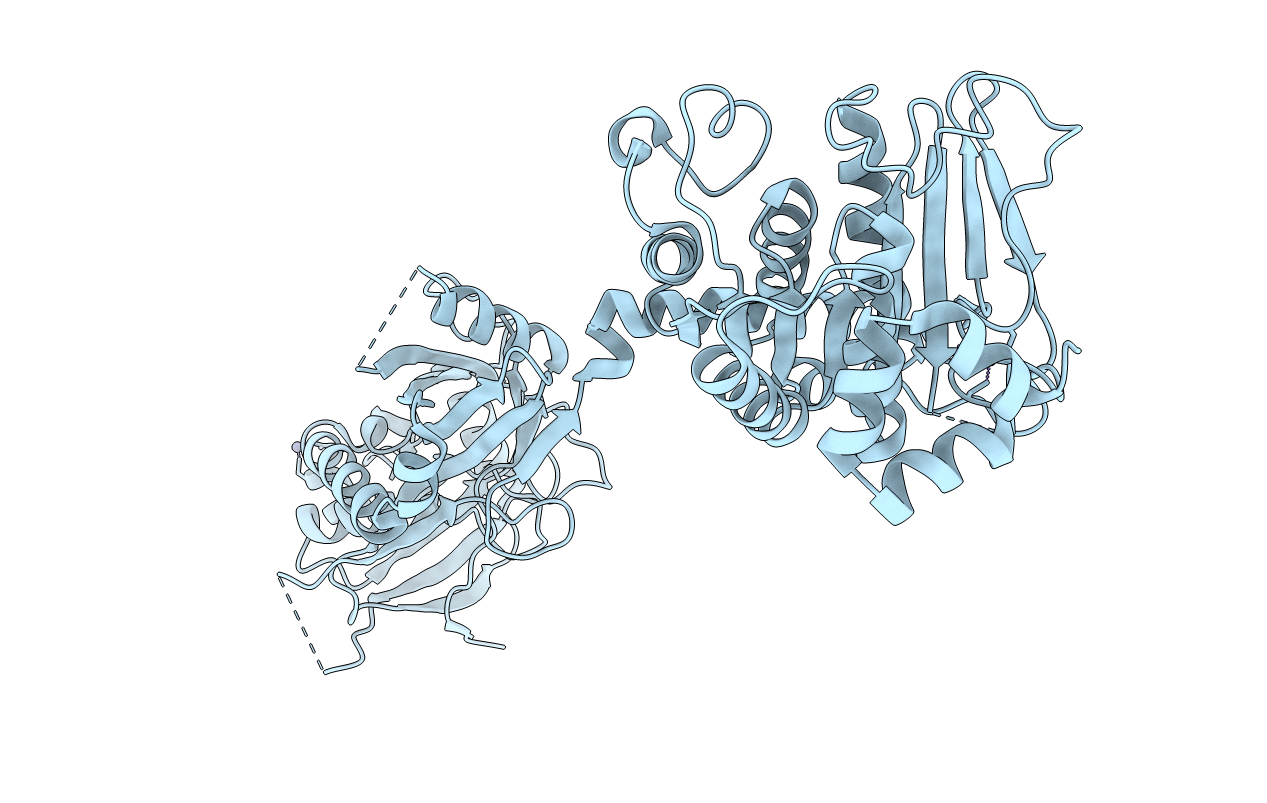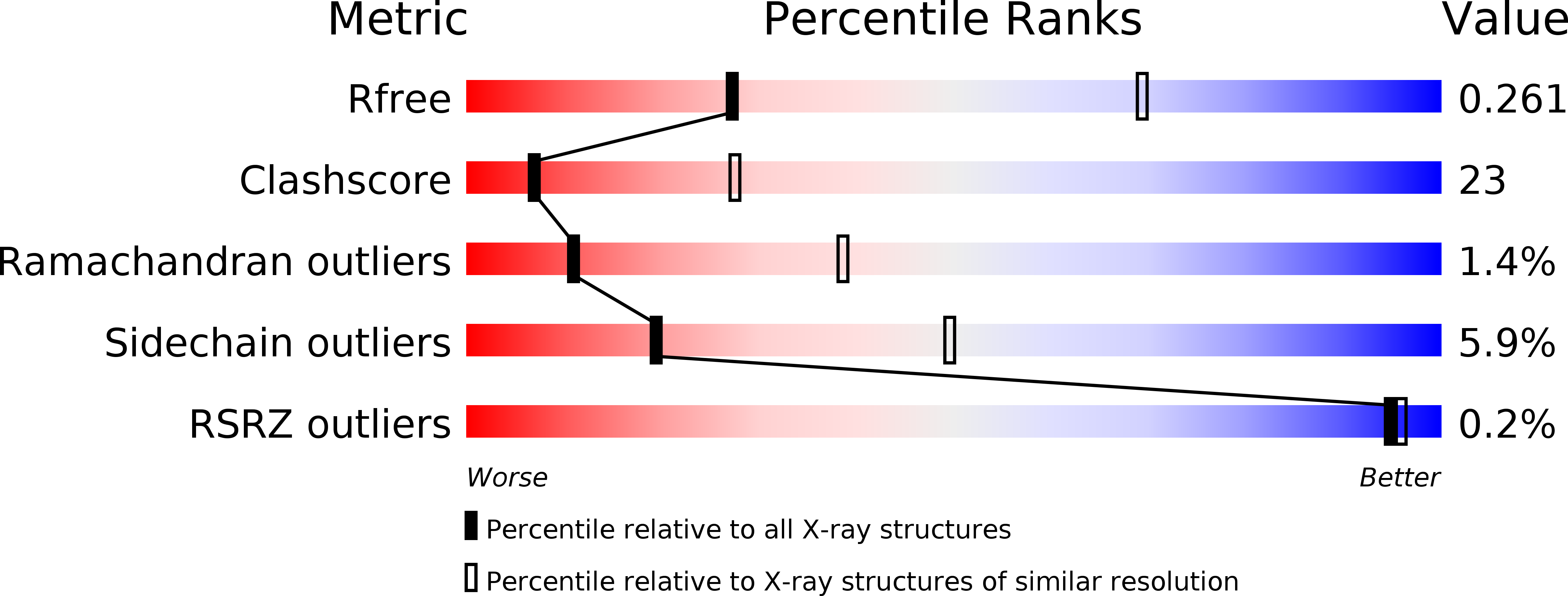
Deposition Date
2011-08-23
Release Date
2011-09-21
Last Version Date
2023-11-08
Entry Detail
PDB ID:
3VH2
Keywords:
Title:
Crystal structure of Saccharomyces cerevisiae Atg7 (1-613)
Biological Source:
Source Organism:
Saccharomyces cerevisiae (Taxon ID: 559292)
Host Organism:
Method Details:
Experimental Method:
Resolution:
3.30 Å
R-Value Free:
0.26
R-Value Work:
0.21
R-Value Observed:
0.21
Space Group:
P 31 2 1


